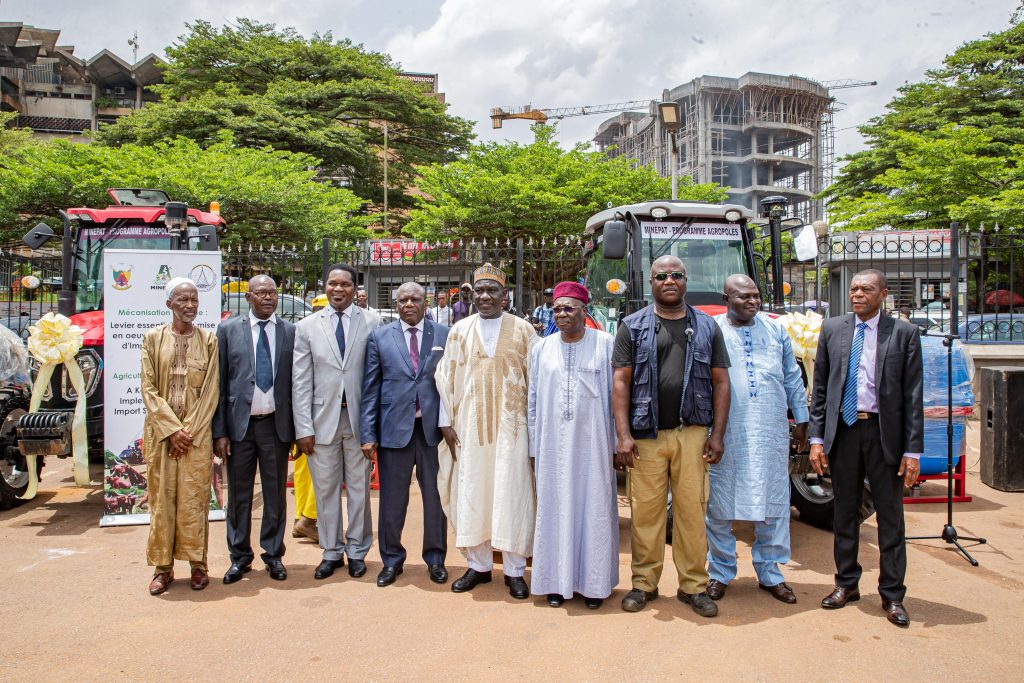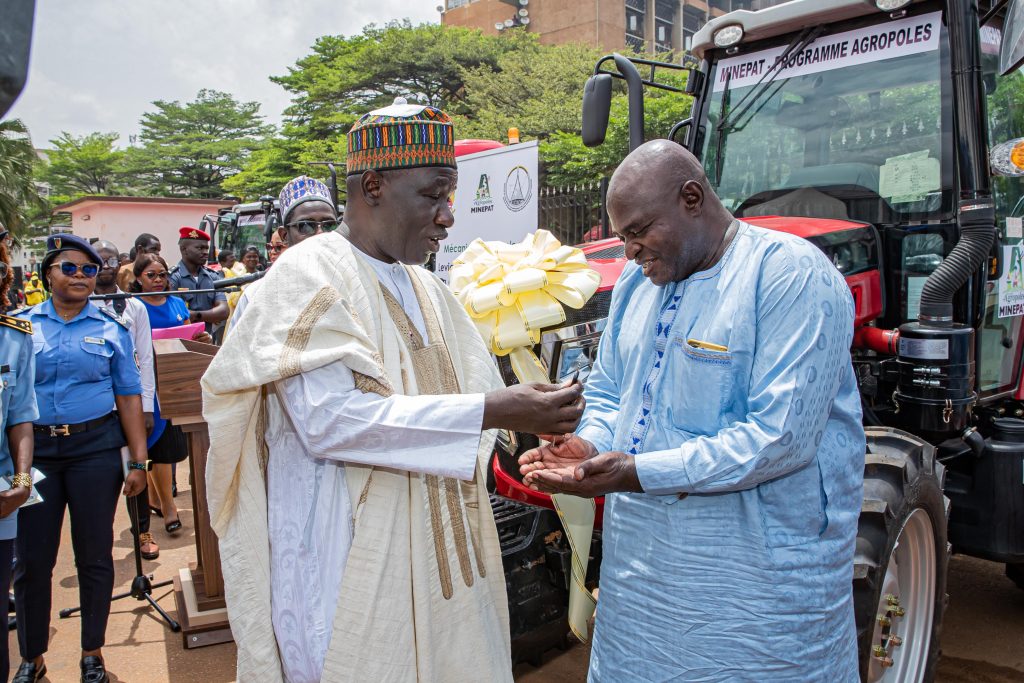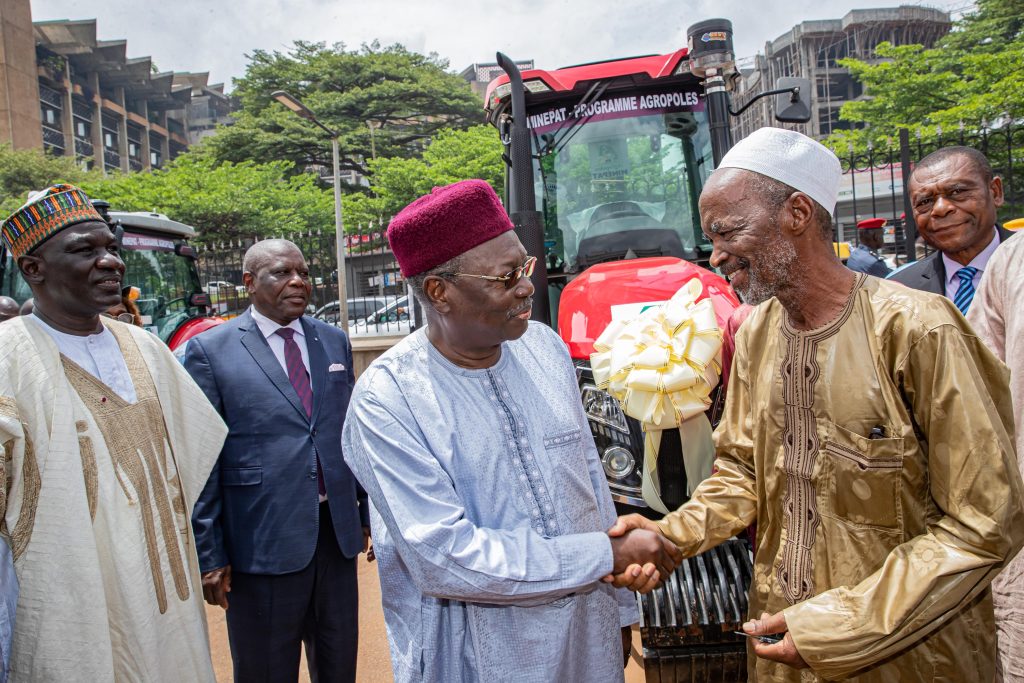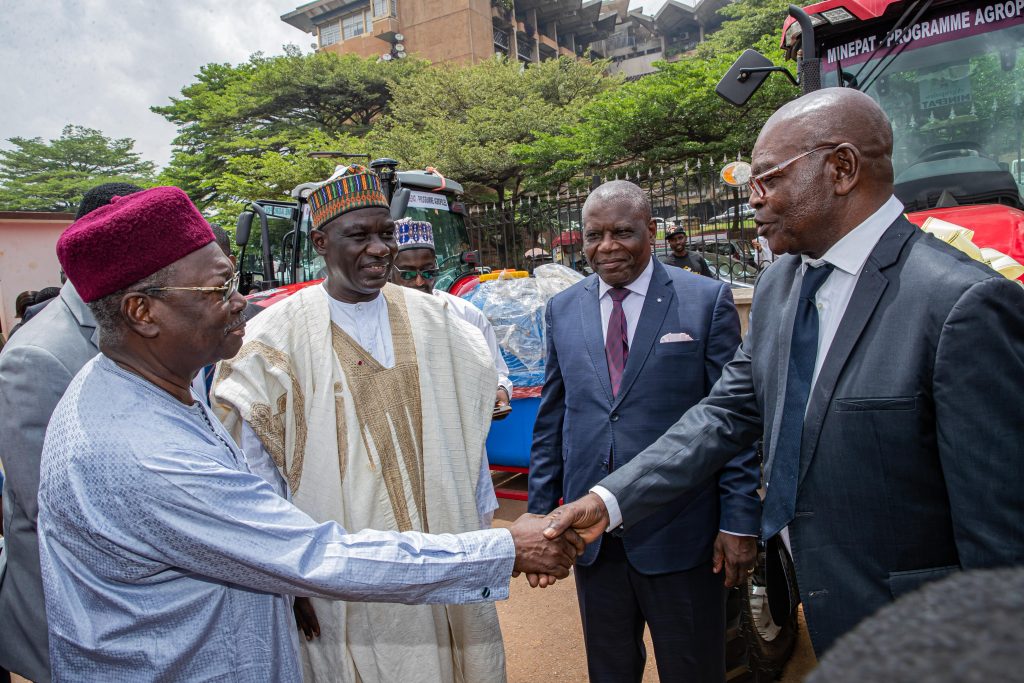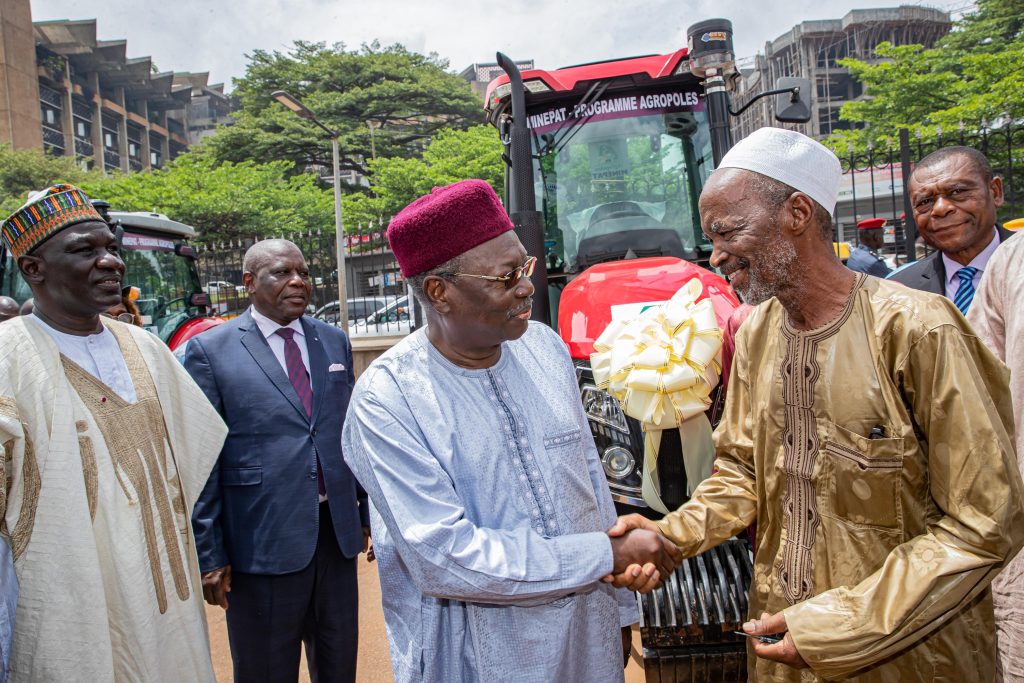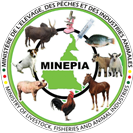AGROPOLE PROGRAM : SUPPORT FOR THE BEEF SECTOR
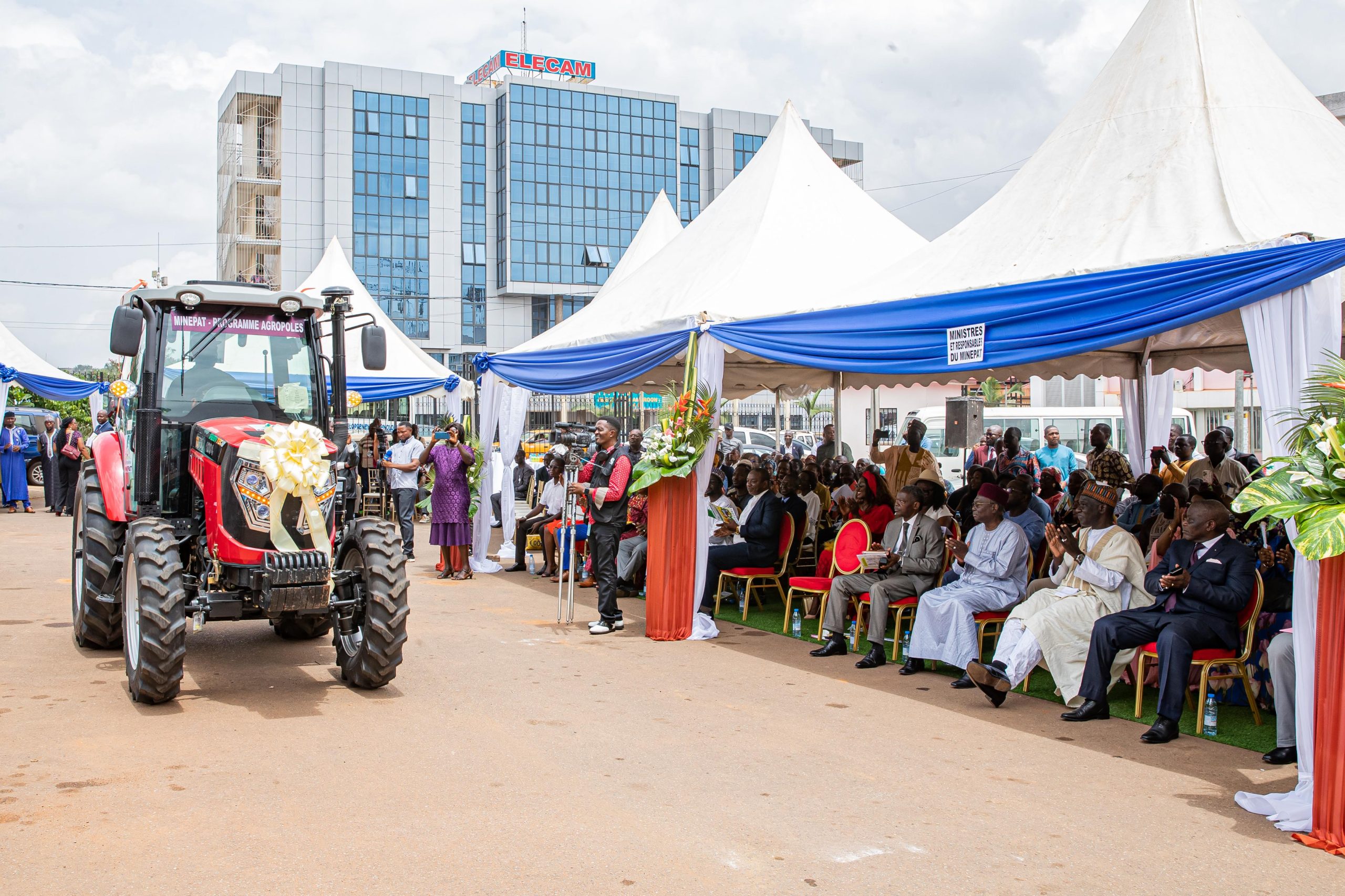
The Minister of Livestock, Fisheries and Animal Industries took part in the ceremony of handing over tractors to some agropoles.
On April 14, 2025, the Ministry of Economy, Planning and Regional Development (MINEPAT) officially handed over six brand new tractors worth a total of 180 million CFA francs, as part of the Agropole Program. These machines are intended for several agricultural hubs across Cameroon, including Ngaoundéré, Bafang, Kribi, Ntui, Bafang and Batouri. The event was attended by Dr. Taïga, Minister of Livestock, Fisheries and Animal Industries (MINEPIA) and Gabriel Mbairobe, Minister of Agriculture and Rural Development (MINADER), testifying to the government’s commitment to agricultural transformation in Cameroon.
Focus on second-generation agriculture
This handing over of agricultural equipment is in line with the import-substitution policy advocated by the Head of State. The objective is clear, to reduce dependence on imported products by increasing national production through mechanization and the industrialization of local sectors. The six tractors, each with a power of 100 horsepower, will be used to develop the farms, improve yields and strengthen the competitiveness of the targeted agropoles.
Among these clusters is the Ngaoundéré agropole, which specialises in beef and dairy cattle breeding. Ultimately, it aims to produce 10,300 head of livestock, with a particular focus on milk production. In Ntui in Mbam and Kim, in the Centre region, the emphasis is on the production and processing of maize (2200 tons) and beef, while in Batouri, in Kadey, cassava is in the spotlight (9850 tons). Specifically,
In his speech, Dimba Gombo Pierre, promoter of the Batouri agropole, recalled the call made by the President of the Republic, Paul Biya, in favor of a second generation agriculture. “ The Head of State urged us to modernize agriculture, livestock and traditional fishing in order to increase the productivity of small farms and promote the emergence of environmentally friendly agricultural enterprises,” he said.
These figures reflect the government’s commitment to making agribusiness a pillar of national economic development. The coordinator of the Agropole program also said that these tractors will be used to set up fodder plots, in order to sustainably support livestock activities.
DJUIKWI F. LINDA INES
